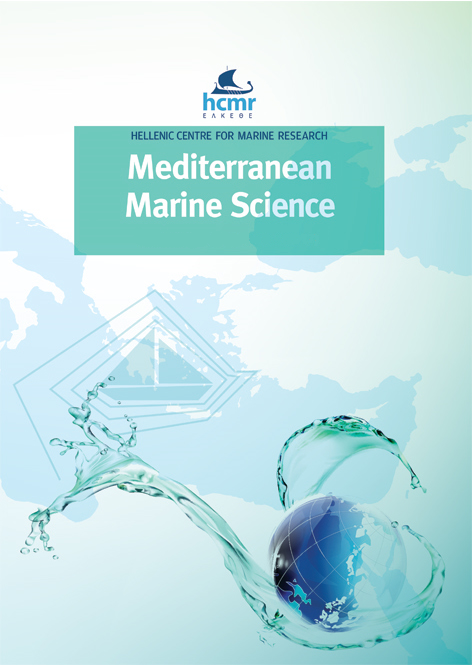Non-indigenous freshwater fish research in Greece: Current status and future prospects

Abstract
Many studies around the globe have documented that the introduction of non-indigenous fish species (NIFS) may pose severe impacts on native biota, ecosystem functioning, and ecosystem services. In Greece, publications on NIFS have increased in recent decades, however, review studies of past and current scientific research on freshwater NIFS in the country are currently lacking. Τhe aim of the present study was to: (a) assess the current state of knowledge of freshwater NIFS in Greece based on the existing scientific literature, (b) evaluate well-studied areas of NIFS research, and (c) identify important gaps that may direct national authorities to implement appropriate research, management and conservation actions reversing the negative impacts of NIFS. A systematic literature review on NIFS research within Greek inland waters was performed by applying the PRISMA methodology (Preferred Reporting Items for Systematic Reviews and Meta-Analyses). Overall, our initial search resulted in 2,794 published articles, 87 of which met our selection criteria and were thus included for full analysis. Evidently, NIFS failed to attract the interest of ecologists in Greece until the turn of the century, at which point, publications increased at a rapid rate. However, the majority
of the studies were mainly monothematic concerning NIFS distribution within freshwater ecosystems of Greece (37%), followed by studies on ecological and biological aspects of NIFS (28%). Studies based on fieldwork and laboratory experiments were by far the most common type of research, followed by studies based on bibliographic data. Despite the fact that almost half of the publications were field observational studies, most of them used only qualitative data (plain presence/absence data). Critical aspects of impact assessment were missing; 84% of the reviewed studies did not provide any concrete evidence of NIFS impacts to native biota. Overall, the focus of the studies was uneven, with important gaps in areas of theoretical and practical importance for policy-relevant detection, control, and management of NIFS. Findings may assist researchers in filling scientific gaps identified by our review and guide authorities to define national priorities to prevent and control the spread of NIFS within the country.
Article Details
- Zitationsvorschlag
-
KOUTSIKOS, N., ZOGARIS, S., VARDAKAS, L., & KALANTZI, O.-I. (2021). Non-indigenous freshwater fish research in Greece: Current status and future prospects. Mediterranean Marine Science, 22(2), 393–406. https://doi.org/10.12681/mms.26804
- Ausgabe
- Bd. 22 Nr. 2 (2021)
- Rubrik
- Review Article
Authors who publish with this journal agree to the following terms:
- Authors retain copyright and grant the journal right of first publication with the work simultaneously licensed under a Creative Commons Attribution Non-Commercial License that allows others to share the work with an acknowledgement of the work's authorship and initial publication in this journal.
- Authors are able to enter into separate, additional contractual arrangements for the non-exclusive distribution of the journal's published version of the work (e.g. post it to an institutional repository or publish it in a book), with an acknowledgement of its initial publication in this journal.
- Authors are permitted and encouraged to post their work online (preferably in institutional repositories or on their website) prior to and during the submission process, as it can lead to productive exchanges, as well as earlier and greater citation of published work (See The Effect of Open Access).






